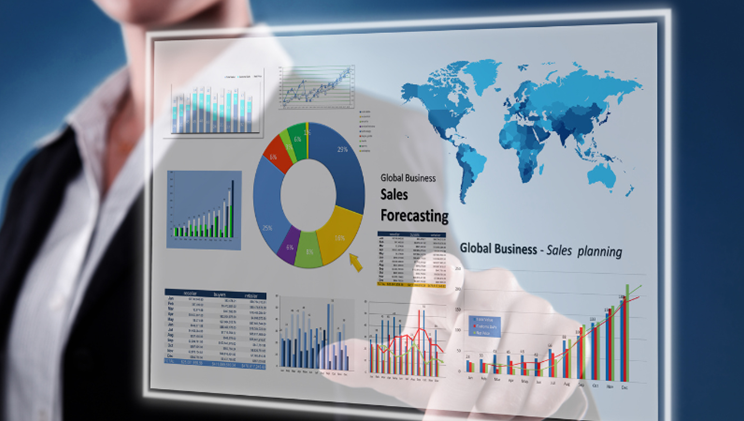Is Building a Dashboard the Same as Business Intelligence?

Answer: No, it's not.
In many organizations today, the completion of one or more dashboards is often seen as the end of a business intelligence (BI) project. However, this is a serious misconception that strays far from the core of what business intelligence truly is. A dashboard is merely the visible surface of BI. In reality, BI represents a much deeper and more comprehensive structure.
Let’s begin with a brief definition: Business Intelligence is a system made up of processes, technologies, tools, and applications that enable organizations to make data-driven decisions. The goal is to transform raw data into meaningful and usable information.
There are a few unwritten rules in this transformation. While BI may appear to be an IT responsibility, it should actually be embraced as a culture and mindset across the entire organization. It’s not a magic solution — without proper planning and clean data, it can lead to flawed decisions.
From this perspective, BI can be broadly defined as the process of collecting, organizing, storing, analyzing, visualizing data, and ultimately supporting decision-making.
🎯 3 Common Misconceptions Between Dashboards and Business Intelligence
1️⃣ Dashboard = Business Intelligence
A dashboard is merely a visual representation of data. Charts, tables, and maps can show what happened — but not why it happened.
The accuracy and clarity of the visual elements on a dashboard are crucial. Otherwise, it can quickly turn into a confusing list of KPIs. When designed with the right KPIs and visual hierarchy — moving from summary to detail — dashboards can serve as a compass. But on their own, they do not constitute business intelligence.
True BI involves:
-
Proper integration of data sources
-
Meaningful data modeling
-
Clearly defined business rules
-
And support for decision-making processes
In short, the dashboard is just the storefront — what gives it value is the kitchen behind it. This must not be forgotten.
2️⃣ If the Dashboard Is Ready, Analysis Is Complete
Seeing data is not the same as understanding it.
It’s easy to display a few metrics on a dashboard, but understanding why those metrics look the way they do requires deep analysis. The metrics on a dashboard must also be presented appropriately. For example, putting a KPI with no meaningful total into a pie chart may lead to misleading insights.
So when does a dashboard become meaningful? When it makes us ask questions like:
“Why did this happen?”
“How can we improve it?”
If those questions aren’t being asked — or worse, if the answers can’t be found on the dashboard — then we’re merely monitoring data, not generating insights.
3️⃣ One Dashboard Fits All
Different roles require different information.
The summary-level data a manager needs is not the same as the detailed data an operations worker relies on. In fact, a top executive looking at granular data may gain little value from it — that level of detail belongs to the operational team.
Similarly, a person in the supply chain views sales differently than someone in the sales department.
Therefore, dashboards should vary by role and department. The key here is consistency:
All roles and departments must be looking at the same numbers, even if the level of detail differs. Each department shouldn’t calculate their own version of sales — from top to bottom, everyone must align on the same data.
Unpersonalized dashboards often create noise rather than knowledge.
Success in BI means delivering the right data, to the right person, at the right time.
📌 In Summary:
-
A dashboard is a tool.
-
Business intelligence is a culture.
A well-designed dashboard can be the output of a BI project — but it is not BI on its own.
A true BI culture means managing the company through data at every level. Business intelligence means:
-
Increasing enterprise-wide data awareness
-
Putting data into context
-
Questioning and turning insights into action
-
💬 Final Words:
Business intelligence is not a project, but a journey.
It includes not only technology, but also organizational awareness and cultural transformation.
